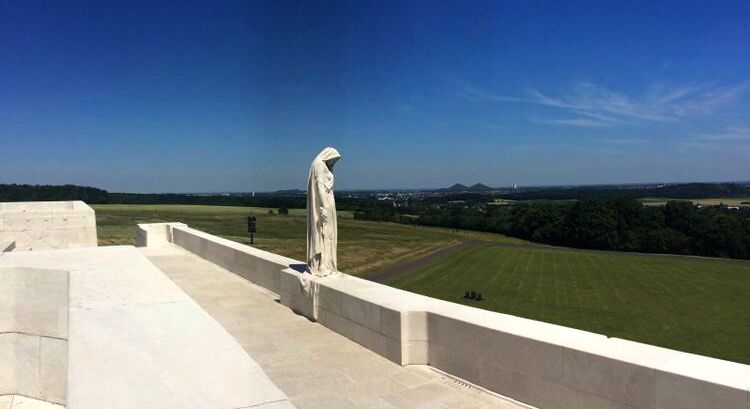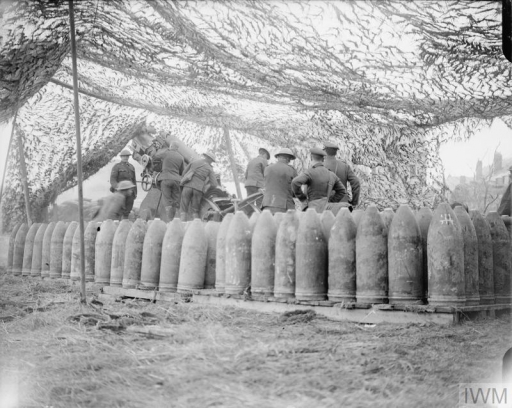British and Commonwealth forces attacked the German lines at Arras on 9 April 1917, in a renewed attempt to break the deadlock on the Western Front.
The operation was planned as part of a combined offensive with the French, who struck further south on the Chemin des Dames a week later.
The assault at Arras got off to a dramatic start after months of preparation. More than 2.5 million shells were fired in a three-week opening bombardment, and the Easter attack itself began in snow.
But Canadian troops achieved a notable success at Vimy Ridge, ousting the Germans from heights providing a vantage point over the surrounding countryside.
British forces also made significant advances elsewhere before the momentum was lost as the Germans recovered from their initial shock to bring up reinforcements.
German defences in Northern France had been strengthened as part of the withdrawal to the newly fortified positions of the Siegfried Stellung, or Hindenburg Line.
 Vimy Ridge: View over the Plain of Douai from the Canadian National Vimy Memorial (Photo: Centenary News)
Vimy Ridge: View over the Plain of Douai from the Canadian National Vimy Memorial (Photo: Centenary News)
The Battle of Arras is noted for operations below ground and in the air.
British and New Zealand tunnellers created a network of shelters, linking cellars and caves beneath the city of Arras itself, to shield more than 20,000 Allied troops from German view in the run-up to the attack.
The Royal Flying Corps supported the ground campaign with reconnaissance flights and bombing raids. More than 250 planes were lost and 400 airmen were killed or wounded in what became known as ‘Bloody April’.
After almost six weeks’ fighting, the Battle of Arras ended in mid-May 1917, at a cost of 300,000 casualties (killed, wounded, or missing) on both sides, and the Western Front still deadlocked.
By then, French hopes of a decisive breakthrough in the main offensive on the Chemin des Dames, 130 kms (80 miles) to the south near Laon, had also been dashed.
Amid unrest in the army, the French Commander-in-Chief, General Robert Nivelle, was sacked after only five months in the job, and replaced by General Philippe Pétain.
Centenary News will be reporting from Arras on this weekend’s First World War Centenary commemorations marking the Battle of Arras.
For more on the Arras Offensive, see the CWGC Blog on the Commonwealth War Graves Commission website.
Images courtesy of Imperial War Museums © IWM Q 7271 (Arras archive photo); Centenary News (Vimy Ridge)
Posted by: CN Editorial Team
